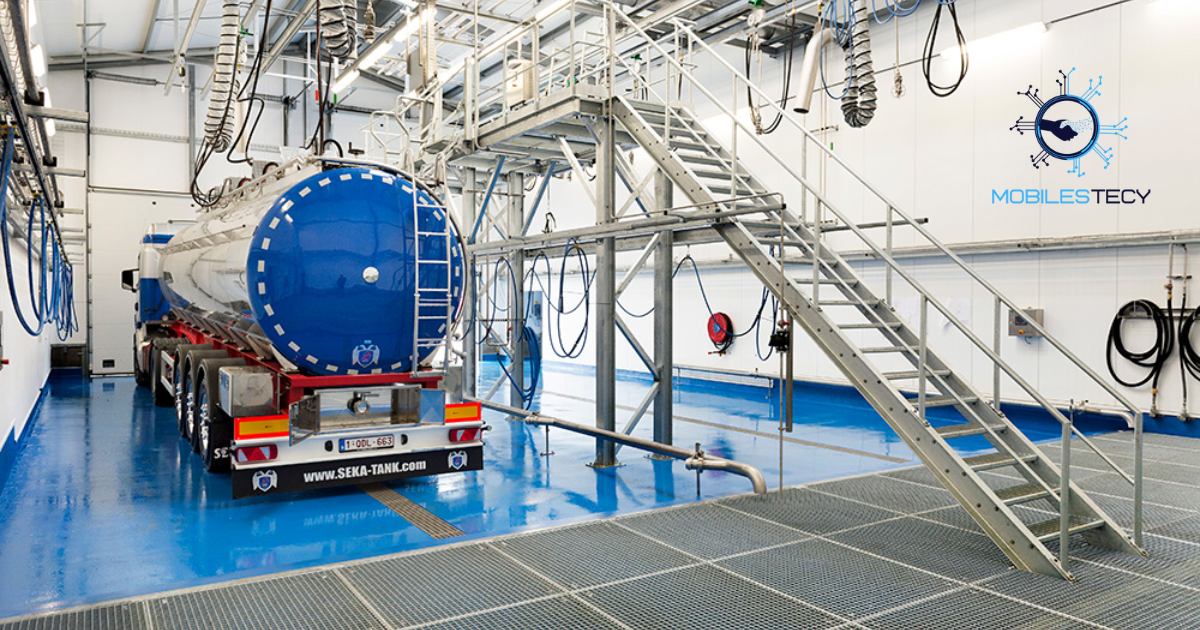Food tank cleaning technology plays a crucial role in modern food industries. It ensures hygiene standards are met, preventing contamination and product spoilage. Without proper cleaning systems, food safety risks increase, causing regulatory issues. Advanced cleaning technologies improve efficiency, save resources, and enhance overall productivity. They also ensure consumer trust by maintaining strict hygiene and safety standards.
Food processing companies rely on tanks for storing and transporting sensitive products. These products include milk, juices, oils, syrups, sauces, and powders. Even minor contamination in tanks can damage entire production batches quickly. Therefore, adopting advanced tank cleaning systems has become an industry-wide necessity. It safeguards both business operations and long-term customer health worldwide.
Over the years, cleaning technologies have evolved from manual to automated. Manual cleaning methods were labor-intensive, inconsistent, and dangerous for workers. Modern systems like Clean-in-Place (CIP) have transformed cleaning efficiency significantly. They provide precise, repeatable cleaning results, reducing downtime and operational costs. This transformation marks a milestone in ensuring safe and sustainable food production.
Table of Contents
Evolution of Food Tank Cleaning Technology
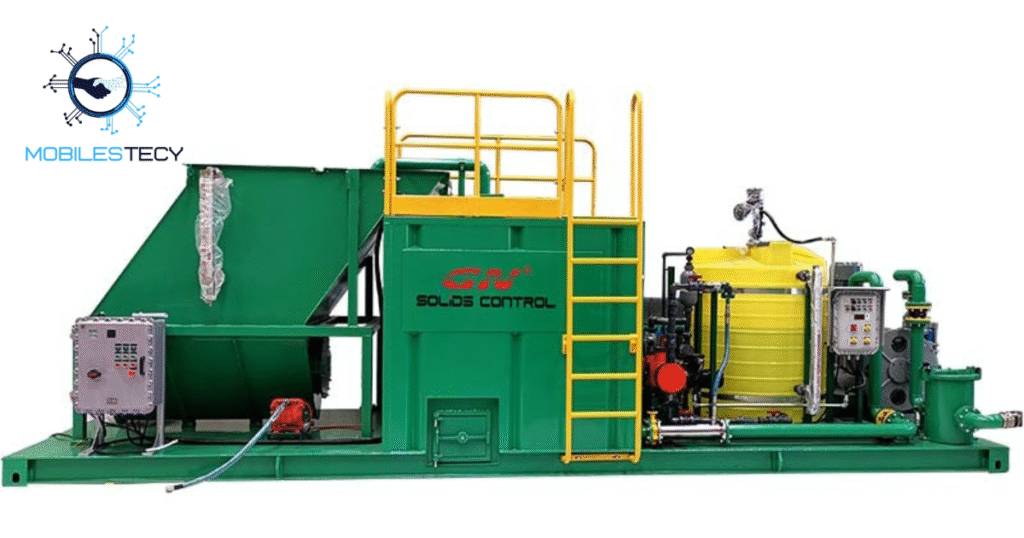
Food tank cleaning has changed dramatically over the last several decades. Initially, workers used manual cleaning methods involving brushes, hoses, and chemicals. This process was labor-intensive, risky, and inconsistent in its effectiveness. Over time, industries demanded safer, faster, and more hygienic alternatives. That demand fueled innovations transforming tank cleaning into today’s automated systems.
Manual cleaning often exposed workers to hazardous chemicals and confined spaces. These unsafe conditions frequently led to workplace accidents and health complications. Additionally, manual cleaning consumed large amounts of water and detergents. Residues often remained, increasing risks of cross-contamination between product batches. The food industry urgently required safer and more sustainable cleaning solutions.
The introduction of automated systems marked a significant technological advancement. Clean-in-Place systems became widely adopted across dairies, breweries, and processing plants. These automated systems reduced downtime and ensured more reliable cleaning outcomes. They allowed precise control over water, detergent, and sanitization cycles. Today, these systems form the backbone of global food hygiene protocols.
- Automated food tank cleaning reduces downtime and increases overall operational efficiency.
- Clean-in-Place systems provide consistent cleaning while minimizing human safety risks.
- Rotary jet heads ensure 360-degree coverage and remove stubborn product residues.
Clean-in-Place (CIP) Systems
CIP systems revolutionized food tank cleaning through automation and precision control. They eliminate manual labor, reduce contamination risks, and save valuable time. Cleaning cycles are programmable, allowing adjustment for product-specific requirements. This flexibility ensures tanks meet strict hygiene standards across multiple industries.
CIP systems typically involve pre-rinsing, detergent washing, sanitization, and final rinsing. They provide consistent, repeatable results while minimizing water and chemical consumption. Automation also ensures compliance with international food safety and hygiene regulations. As a result, CIP remains the foundation of modern cleaning technologies.
Key Technologies in Modern Food Tank Cleaning
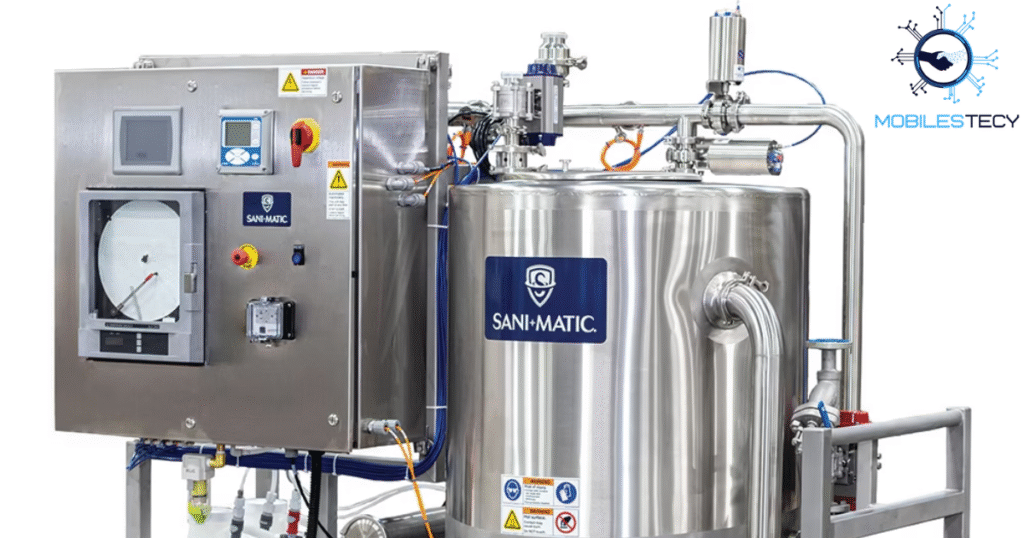
Clean-in-Place technology remains central to modern food tank cleaning operations. It automates rinsing, washing, sanitizing, and drying cycles inside large tanks. By eliminating manual intervention, it minimizes human error and safety risks. CIP also ensures consistent cleaning performance across multiple production facilities. Its programmable controls allow optimization based on product and tank type.
Rotary jet heads represent another breakthrough in tank cleaning advancements. These devices use high-impact water jets rotating in multiple directions. The powerful jets remove sticky, viscous residues like honey or molasses. Compared to static spray balls, they provide stronger mechanical cleaning action. This ensures tanks remain spotless regardless of challenging product residues.
Robotic cleaning systems are gaining popularity in large-scale food production. Equipped with cameras, high-pressure nozzles, and AI-based navigation systems. These robots perform cleaning and inspection tasks simultaneously within complex tanks. They are particularly useful in irregularly shaped silos and containers. By automating cleaning, robots reduce downtime and increase operational efficiency.
Rotary Jet Head Technology
Rotary jet heads provide superior cleaning through high-impact rotating water jets. Their design allows complete 360-degree coverage inside small or large tanks. They remove tough residues such as syrups, oils, and sticky sauces. Compared to spray balls, they offer greater power and cleaning efficiency.
Industries like dairy, beverage, and edible oil rely heavily on them. Their durability ensures consistent performance under high pressure and temperature conditions. Advanced designs now integrate sensors to monitor cleaning effectiveness in real-time. This makes rotary jet heads a reliable choice for food processing.
Robotic Cleaning Solutions
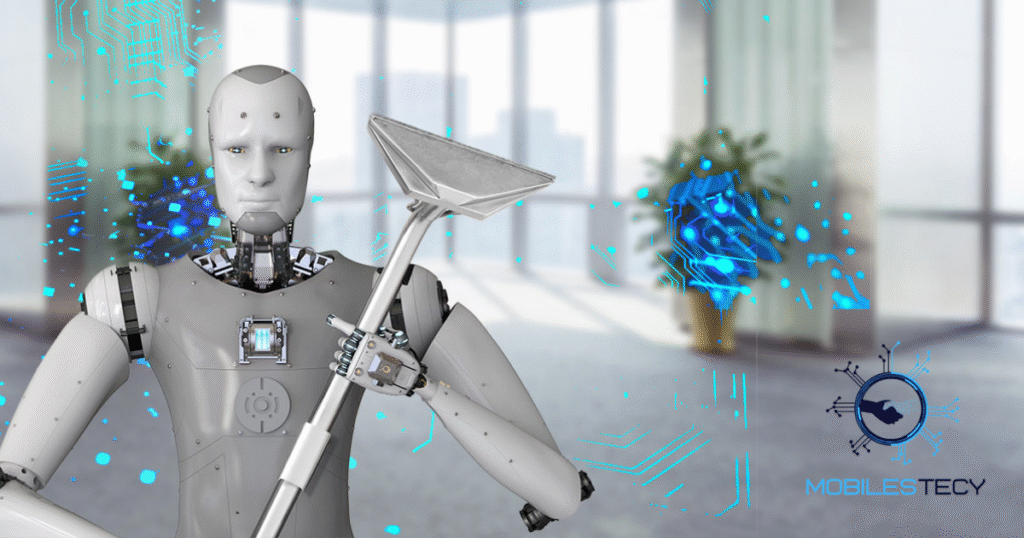
Robotics in tank cleaning eliminate the need for manual entry entirely. Equipped with cameras and sensors, they navigate complex tanks with precision. High-pressure nozzles remove residues while simultaneously enabling internal tank inspections. Such innovations improve safety and efficiency in large-scale food production facilities.
Robotic systems are especially effective in irregularly shaped or oversized silos. They reduce downtime by performing cleaning and inspection during one cycle. Additionally, they minimize operational costs by lowering resource and labor requirements. These benefits highlight robotics as the future of industrial tank cleaning.
Benefits and Future Trends in Food Tank Cleaning
The benefits of modern food tank cleaning extend far beyond basic hygiene. Companies save money by reducing water, detergent, and overall energy consumption. Improved efficiency allows tanks to return to service more quickly. Automation ensures workers avoid hazardous environments during cleaning operations. This combination enhances both workplace safety and company profitability simultaneously.
Sustainability is becoming an increasingly important driver in cleaning technology innovations. Eco-friendly cleaning agents are replacing harsh and harmful chemical solutions. Closed-loop systems recycle rinse water, reducing environmental impact and operational costs. Energy-efficient designs reduce resource usage without compromising on cleaning quality. These trends support both regulatory compliance and corporate sustainability commitments.
The future of tank cleaning technology promises even smarter, more sustainable solutions. AI-driven CIP systems will optimize cleaning cycles based on contamination levels. Nanotechnology and self-cleaning coatings may prevent residues from sticking to tanks. Advanced robotics will handle cleaning, inspection, and maintenance in unified processes. These innovations will redefine hygiene, safety, and efficiency in global food industries.
- Robotic cleaning systems combine cleaning, inspection, and monitoring in one process.
- Eco-friendly cleaning agents reduce chemical impact while maintaining strong cleaning performance.
- Closed-loop systems recycle rinse water, lowering waste and resource consumption.
Sustainability and Eco-Friendly Cleaning
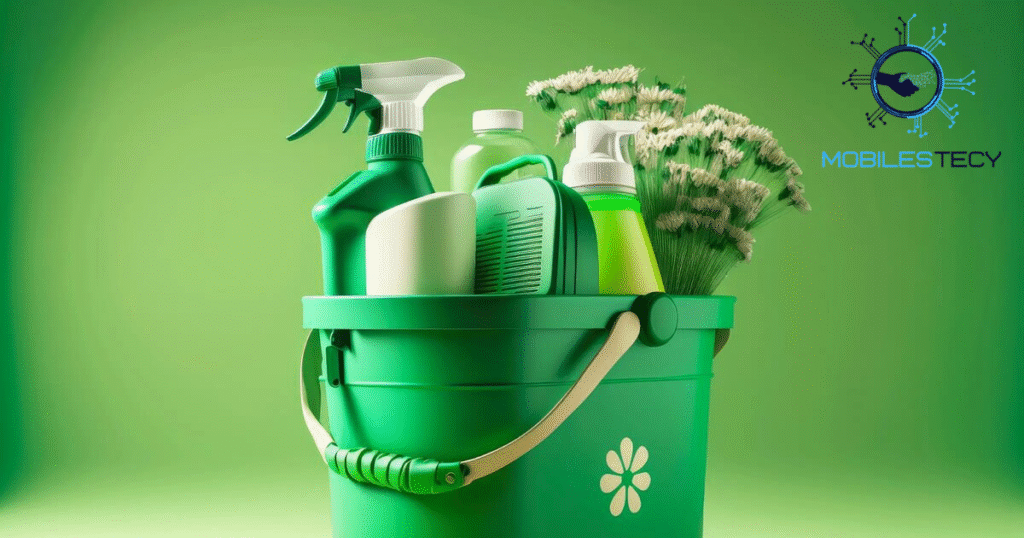
Eco-friendly cleaning solutions are now a major focus in tank technology. Companies increasingly replace harsh chemicals with biodegradable and non-toxic detergents. Closed-loop systems recycle rinse water, conserving resources and cutting overall waste. This aligns with global sustainability goals and stricter environmental compliance standards.
Energy-efficient cleaning devices further reduce consumption without compromising cleaning performance. Many innovations integrate smart sensors for real-time monitoring of chemical usage. Sustainable technologies also enhance company reputations in competitive food industries. Ultimately, they balance profitability with responsibility toward environmental and social well-being.
- Smart sensors monitor chemical concentrations and cleaning effectiveness in real time.
- Energy-efficient cleaning devices reduce operational costs and support sustainability initiatives.
- Automated technologies eliminate manual labor and hazardous confined space entry.
- Consistent cleaning processes ensure compliance with global food safety regulations.
- Future innovations will integrate AI, robotics, and nanotechnology for cleaning.
Faq’s
Why is food tank cleaning technology essential for the food industry?
It ensures hygiene, prevents contamination, and maintains product safety standards. Advanced systems also reduce downtime and improve operational cost efficiency.
What makes Clean-in-Place (CIP) systems widely used in food plants?
CIP automates cleaning cycles, ensuring consistent results without manual labor. It reduces water, chemical, and energy usage while maintaining safety.
How do rotary jet heads improve cleaning compared to spray balls?
Rotary jet heads deliver powerful rotating jets for 360-degree coverage. They remove stubborn residues like oils, syrups, and sticky sauces.
Can robotic cleaning systems reduce costs in large-scale food operations?
Yes, robots clean and inspect simultaneously, reducing downtime and expenses. They also enhance safety by eliminating confined space entry risks.
What role does sustainability play in modern food tank cleaning?
Eco-friendly detergents and closed-loop systems reduce waste and chemicals. Energy-efficient designs also help companies meet global sustainability targets.
Conclusion
Food tank cleaning technology has transformed hygiene practices in global food industries. It replaced manual, unsafe methods with automated and highly efficient solutions. Systems like Clean-in-Place ensure consistent cleaning while reducing operational costs. Robotics and smart monitoring further enhance precision, safety, and sustainability standards. These innovations protect both consumers and businesses from costly contamination risks.
Modern cleaning systems provide environmental benefits alongside operational effectiveness. Closed-loop designs recycle water, reducing waste and conserving natural resources. Eco-friendly detergents minimize harmful effects without compromising cleaning performance quality. Energy-efficient devices align with corporate goals for long-term sustainability. Together, these technologies make food tank cleaning safer and greener globally.
The future promises even smarter and more sustainable cleaning advancements. Artificial intelligence will optimize cycles based on real-time contamination data. Nanotechnology coatings may prevent sticky residues from adhering inside tanks. Robotic systems will handle cleaning, inspection, and preventive maintenance simultaneously. Such trends ensure continuous progress in food safety and hygiene management.
Read more latest Articles on Mobilestecy.com

